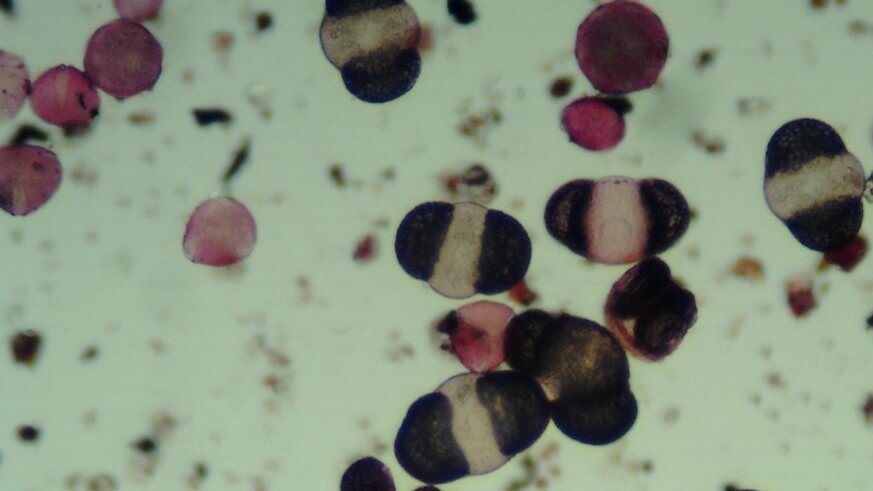Waking up with a scratchy throat. Sneezing. Dry, hacking coughs. Suffering from itchy eyes and nasal drip and severe sinus headaches that cause feelings of intense pressure. Most people suffer from seasonal allergies, but this year has been especially bad: Experts confirm that erratic temperatures and a steep escalation of hot weather has caused a massive tree pollen dump that may make this year’s round of seasonal allergies the worst in recent memory.
“It’s really bad right now,” said Dr. Dvorin of The Asthma Center, a New Jersey-based medical practice with offices in Philadelphia. “This year is definitely a worse year, no doubt about it. People are complaining.”
Pollen counts peaked in Dvorin’s area on Friday, May 4, with an astonishing 7,000 pollen grains per cubic meter of air. As of May 9, that number was around 2,000, still considered an “extreme” level of pollen. (Less than a 100 count of tree pollen is considered normal.) He said that within 10 days, he expects pollen levels to go lower, but we won’t be back to normal for a long time, as other species continue releasing pollen due to warm weather.
Recent reports show that, nationwide, April 2018 was overall one of the coldest Aprils in 20 years. It was the coldest April since 1997, and the 13th coldest April in recorded U.S. history, meteorologists said. So instead of trees gradually releasing their pollen over the course of the month, pollen began dumping out of trees in late April and early May as temperatures rose precipitously.
“We really had a very strange season,” Dvorin said. “March was strange, we had some warming, then we had all that bad snowy weather that shut everything down, that shut down the trees. April warmed up and everything came out at once.”
Odds are, you’ve experienced some of the symptoms of high pollen already this spring. While most people experience a few symptoms annually, 2018 has seen complaints from people who experience worse symptoms than usual for what seems like longer periods that normal. Even sleeping with the windows open isn’t safe and can lead to inhaling quantities of pollen overnight that leave you waking up with a scratchy throat.
“I had somebody with a really bad cough this morning — I had to give them all kinds of treatments to calm their cough down, so it is worse,” Dvorin said. “I had a patient who walked outside around 8 o’clock in the morning and instantly started sneezing and getting watery eyes.”
This abnormally severe pollen season is the result of trees, which only release pollen above a temperature of about 40 degrees.
“It delays the pollinating response of the tree with a very rapid drop in the temperature. Trees are very adaptable and they know how to shut down,” Dvorin said. “It’s much more severe this year. When I looked at my pollen levels from last year, they’re much lower at this stage in May.”
Fighting the pollen
Sufferers can follow some easy steps to keep breathing and enjoying life.
-Changing clothes when you get home at the end of the day, changing shoes and taking a shower to eliminate excess pollen.
-Check local pollen counts on websites like the Asthma Center. If the numbers are high, avoid going out before 10 a.m.
-If those steps don’t help, Dvorin recommended two newer medicines on the market for seasonal allergy sufferers that he said beat the older versions: XHANCE, a new nasal spray, and Ryvent, an antihistamine.
Top culprits
These trees have been responsible for the most tree pollen in the Philadelphia/South Jersey area, Dr. Dvorin said.
1. Oak
2. Pine
3. Mulberry
4. Walnut
5. Sweet gum tree
6. Birch
7. Juniper
8. Cedar (expected to rise in coming days)




























